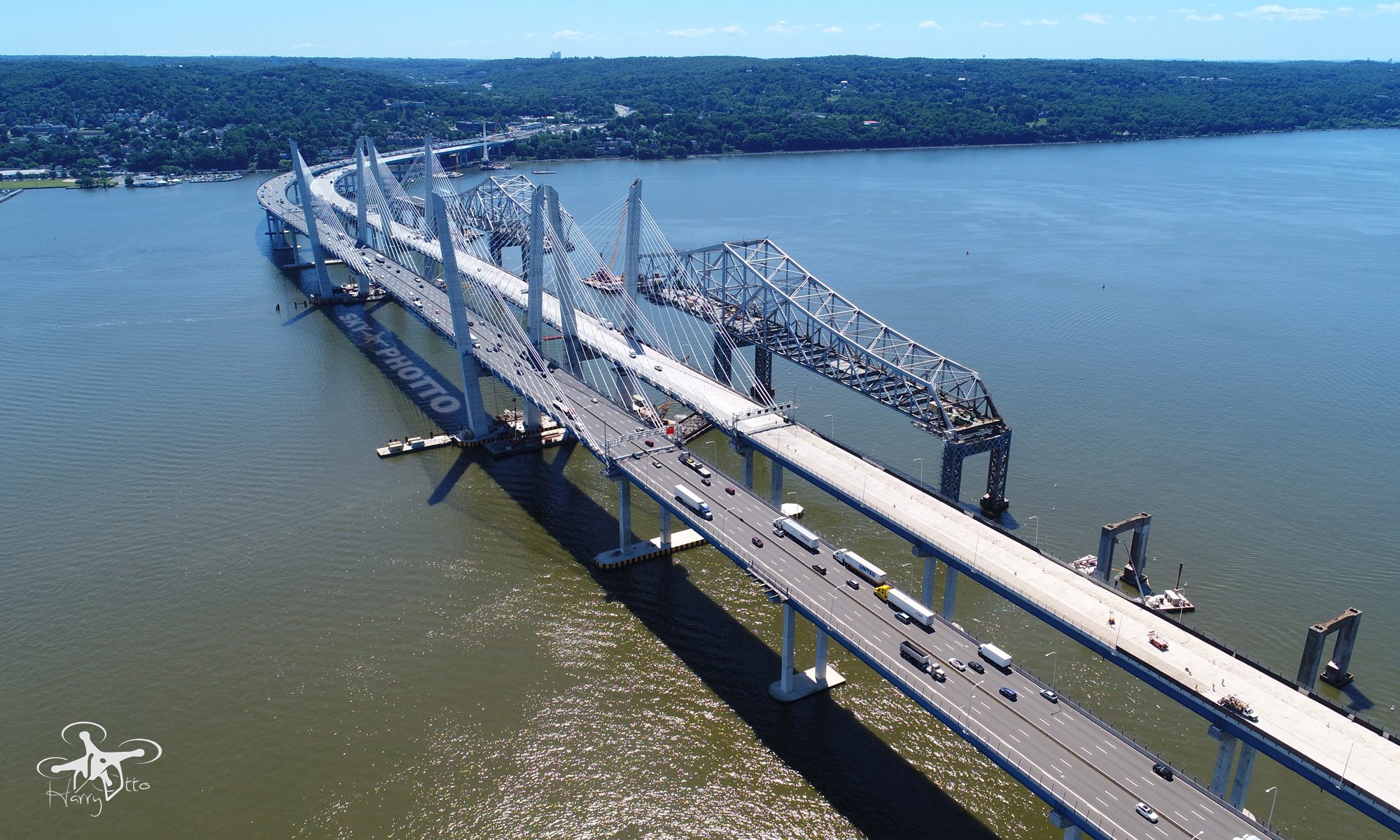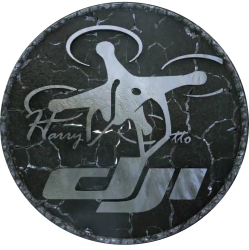SkyPhotto uses most of the DJI series of UAV and stabilizer products because DJI is one of the leading drone manufacturers with a variety of different models on the market.
SkyPhotto Special – Score the Phantom 4 Refurbished Unit from Amazon right now!
These machines vary greatly in their design and functionality, which is why we have undertaken a comprehensive comparison to help you choose among them.
Looking at Portability
While the DJI UAV series come in a variety of sizes and shapes, both the Mavic Pro and Spark can fit into your pocket or literally a pocketbook. This makes them the most portable drones. Now the Phantom 3 and Phantom 4 ranges are significantly bigger and will require a backpack to transport, while the Inspire range is even bigger still.
Check out the weight of each drone below.
| Model | Weight (grams) |
|---|---|
| Phantom 3 Standard | 1216 |
| Phantom 3 4K | 1280 |
| Phantom 3 Advanced | 1280 |
| Phantom 3 Pro | 1280 |
| Phantom 4 | 1380 |
| Phantom 4 Advanced | 1370 |
| Phantom 4 Pro | 1390 |
| Inspire 1 | 3060 |
| Inspire 1 Pro | 3500 |
| Inspire 2 | 4000 |
| Spark | 300 |
| Mavic Pro | 730 |
+1 for the Mavic Pro.
+1 for the Spark.
* New Addition – The DJI Tello 80g (see some footage here) or score an Amazon deal for a new Tello now!
Camera Performance
DJI now offers some of the most advanced aerial imaging platforms and having a powerful camera is important for capturing the best aerial photography. The more megapixels a camera has, the more sharp and crisp its photos are. Now, for video, the frame rate is important as well as the video definition. Technically all drones shoot in HD but the higher the video resolution the better. These are shown below from lowest to highest:
- 1080p
- 7K
- 4K
- 2K
Now check out the table below to see the differences in each drones’ camera.
| Model | Megapixels | Frames per Second |
|---|---|---|
| Phantom 3 Standard | 12 | 30fps (2.7K) |
| Phantom 3 4K | 12 | 30fps (4K) |
| Phantom 3 Advanced | 12 | 30fps (2.7K) |
| Phantom 3 Pro | 12 | 30fps (4K) |
| Phantom 4 | 12 | 30fps (4K) |
| Phantom 4 Advanced | 20 | 60fps (4K) |
| Phantom 4 Pro | 20 | 60fps (4K) |
| Inspire 1 | 12 | 30fps (4K) |
| Inspire 1 Pro | 16 | 60fps (4K) |
| Inspire 2 | 20 | 60fps (4K) Also shoots at 5.2K |
| Spark | 12 | 30fps (1080p) |
| Mavic Pro | 12 | 30fps (4K) |
The overall best camera belongs to the Inspire 2. It is 20 megapixels, films 4K at 60fps, and can even film in 5.2K. Close behind are the Phantom 4 Advanced and Phantom 4 Pro.
+1 for the Inspire 2.
+1 for the Phantom 4 Advanced.
+1 for the Phantom 4 Pro.
Some Crucial Flight Specs
Everyone wants to know how powerful their drone is and we have displayed the important info below. Just remember these are all maximum values. Strong winds, signal interference, and other factors could decrease them.
| Model | Max Speed (mph) | Max Range (miles) | Max Flight Time (minutes) |
|---|---|---|---|
| Phantom 3 Standard | 38.5 | 0.6 | 25 |
| Phantom 3 4K | 38.5 | 0.75 | 25 |
| Phantom 3 Advanced | 38.5 | 3.1 | 23 |
| Phantom 3 Pro | 38.5 | 3.1 | 23 |
| Phantom 4 | 45 | 3.1 | 28 |
| Phantom 4 Advanced | 45 | 4.3 | 30 |
| Phantom 4 Pro | 45 | 4.3 | 30 |
| Inspire 1 | 49 | 3.1 | 18 |
| Inspire 1 Pro | 40 | 3.1 | 15 |
| Inspire 2 | 58 | 4.3 | 27 |
| Spark | 31 | 1.2 | 16 |
| Mavic Pro | 40 | 4.3 | 27 |
The Inspire 2 leaves the other drones in the dust with its 58mph top speed. Runners-up include the Inspire 1 and Phantom 4 range. The Inspire 2 also has an excellent range and one of the higher flight times.
The winners of flight time are the Phantom 4 Advanced and Phantom 4 Pro. They also have an excellent range of 4.3 miles.
Some let downs to note include the Inspire 1 Pro and Spark’s disappointingly short flight times. The Phantom 3 Standard and Phantom 3 4K also have very short controller ranges, of under a mile.
+1 for the Inspire 2.
+1 for the Phantom 4 Advanced.
+1 for the Phantom 4 Pro.
Positioning
All drones, except the Phantom 3 Standard, have both GPS and GLONASS positioning systems. This allows them to connect to Russian and American satellites, making for greater location accuracy and coverage.
Also, all drones, expect the Phantom 3 Standard again, have downwards facing vision positioning modules. When low to the ground, or in an area without GPS/GLONASS, they can still accurately determine their position, resulting in minimal hover displacement.
Handling High Winds
Rough wind conditions can wreak havoc with your drone’s flight. Luckily, DJI drones can still fly safety on windy days. The table below shows the maximum recommended winds each drone can fly in, however, it is possible to fly in much heavier. Just remember, doing so increases the chances of a crash, and decreases speed and flight time.
| Model | Effective Wind Resistance (mph) |
|---|---|
| Phantom 3 Standard | 20 |
| Phantom 3 4K | 20 |
| Phantom 3 Advanced | 20 |
| Phantom 3 Pro | 20 |
| Phantom 4 | 22.4 |
| Phantom 4 Advanced | 22.4 |
| Phantom 4 Pro | 22.4 |
| Inspire 1 | 22.4 |
| Inspire 1 Pro | 22.4 |
| Inspire 2 | 22.4 |
| Spark | 18 |
| Mavic Pro | 22.4 |
No major difference overall, however, the Spark’s smaller size means it gets buffeted a bit more by the wind.
Obstacle Avoidance
The Phantom 3 range misses out on dedicated obstacle avoidance systems. Meanwhile, the other drones have systems that can detect obstacles ahead and below, to automatically prevent a collision. The Inspire 2 can also detect obstacles above it. However, the clear winner is the Phantom 4 Pro. It has sensors on its sides and rear, giving 360 degrees of protection.
+1 for the Phantom 4 Pro.
Controllers
The Phantom 3 and Phantom 4 ranges have very similar controllers. There are two control sticks, an array of flight and camera control buttons, and a mount for attaching a smartphone or tablet. Overall the controller is easy to use. Just remember the Phantom 3 Standard’s controller only has a mount big enough to fit a smartphone.
The Mavic Pro has a smaller, more ergonomic controller. It is also very portable (just like the drone itself). There are two control sticks, an array of buttons, and a built-in flight screen. A tablet or smartphone can also be attached. While it is quite a subjective decision, we reckon the Mavic Pro has the best controller.
The Inspire range has a similar controller design to the Phantom range. You will be getting a similarly shaped device with the same twin control sticks and button arrangement. Not to forget the mount for a phone or tablet.
Now the Spark can actually be flown without a controller, just by using hand gestures or the DJI app. However, you will still want to get a controller because otherwise the drone’s range is limited to 100m and it can’t hit its top speed. Once you do, you will be getting a compact device with two control sticks, dedicated mode, flight, and camera buttons, as well as a mount for your device.
+1 for the Mavic Pro.
Modes
Each drone has a variety of intelligent flight modes, and we could write another entire article talking about them. However, we will cover some of the main ones.
- Follow Me: This is pretty self-explanatory. Activation causes the drone to follow its controller.
- Tapfly (not included with the Phantom 3 Range): This allows users to tap a point on the DJI App and the drone will fly to it.
- Course Lock: This calibrates the drone’s controls to function relative to its flight direction.
- Circle Me Mode: Creates cool effects like this.
Most modes require the DJI App to function. So it’s recommended that you download it onto your phone or tablet, and then mount the device to your controller.


